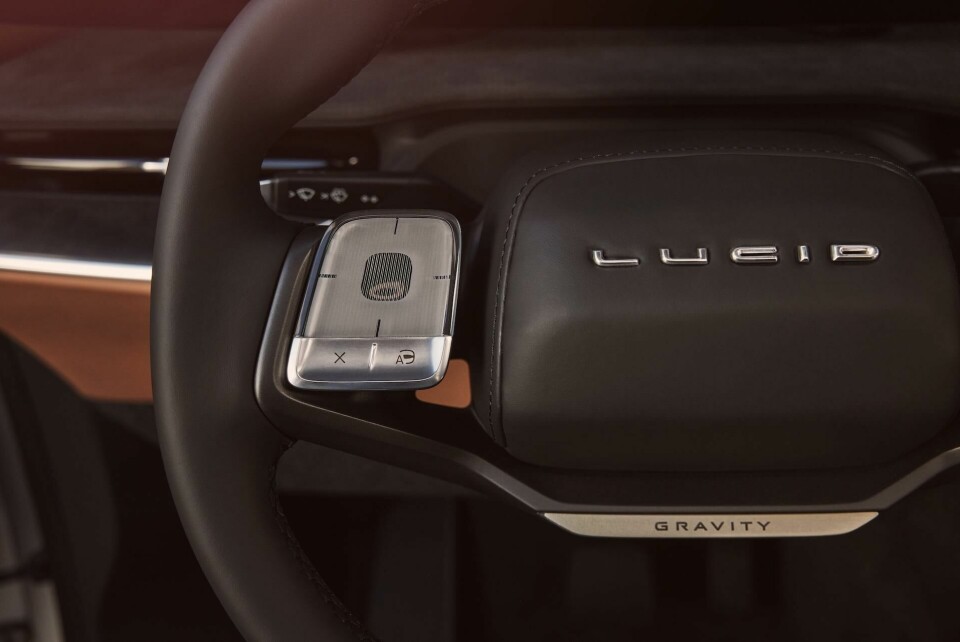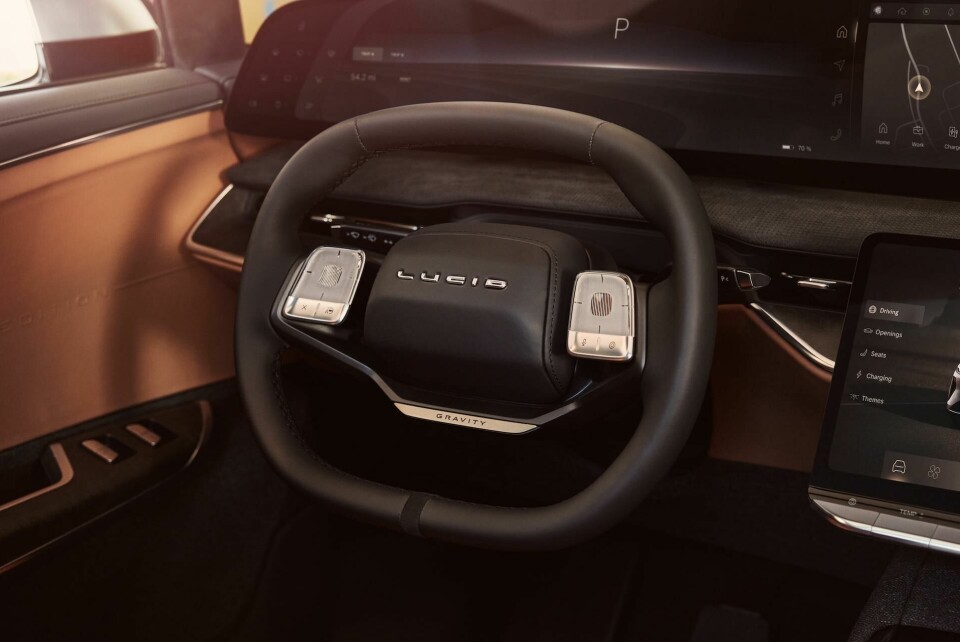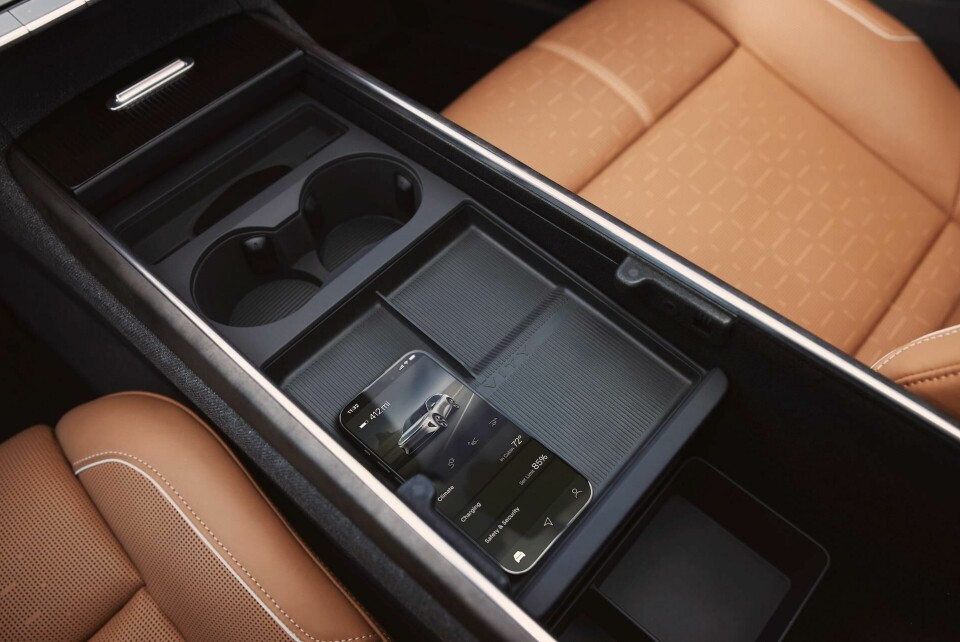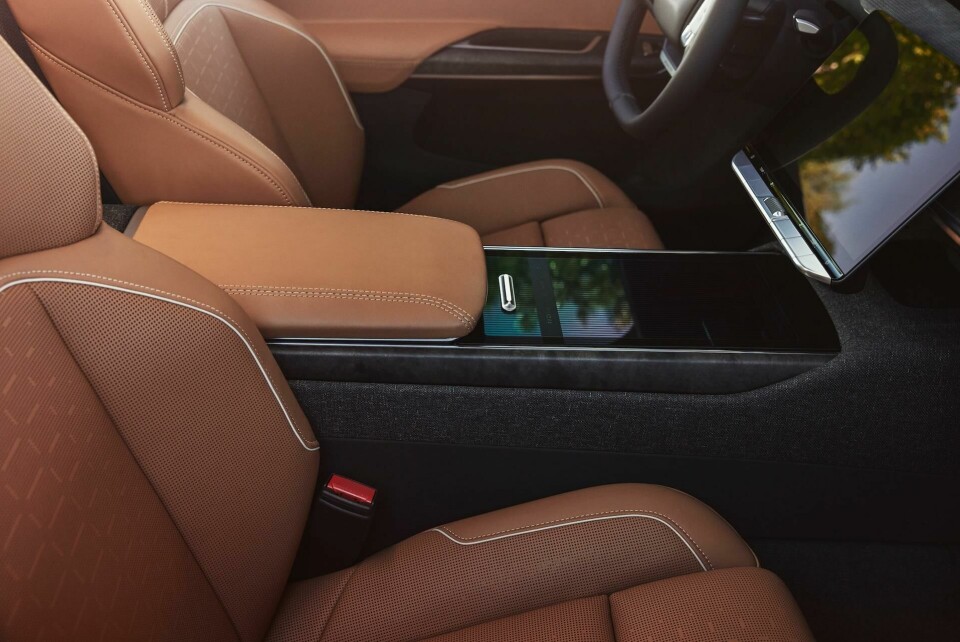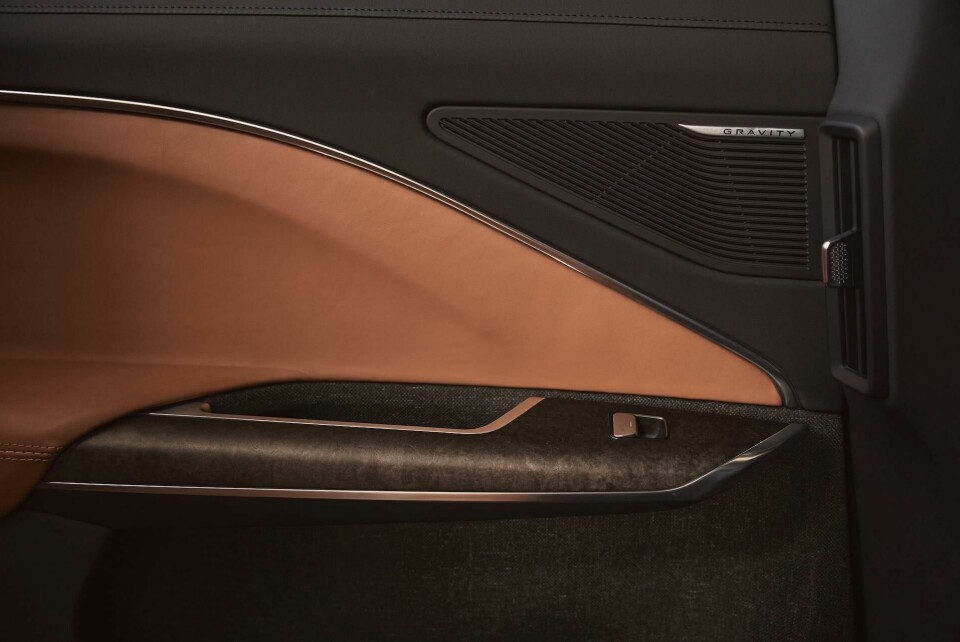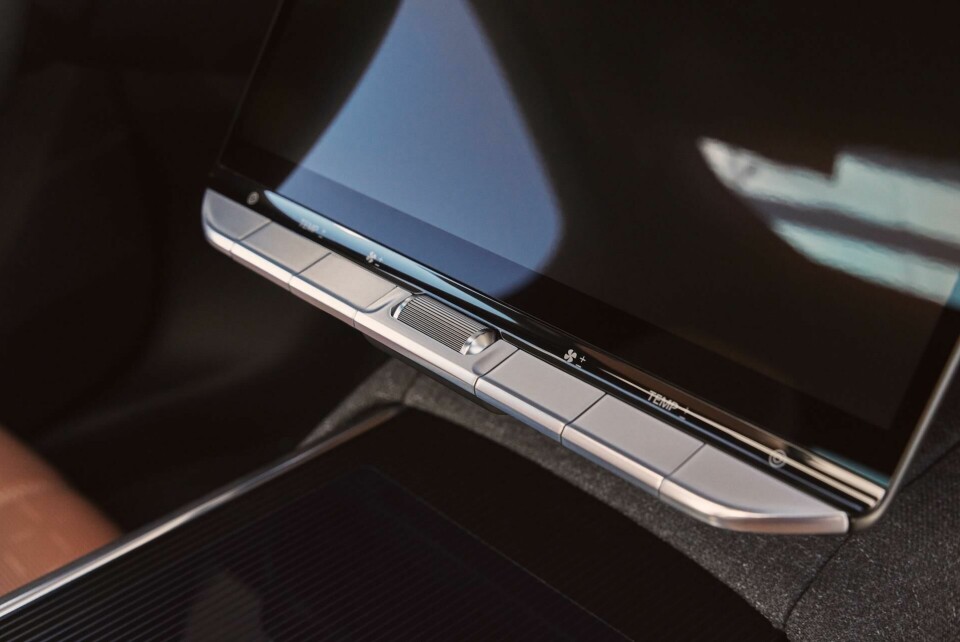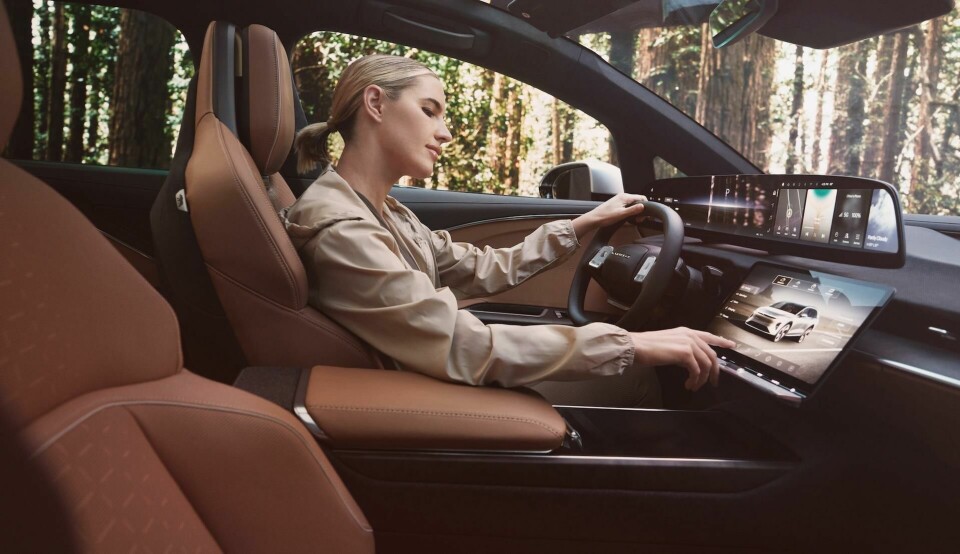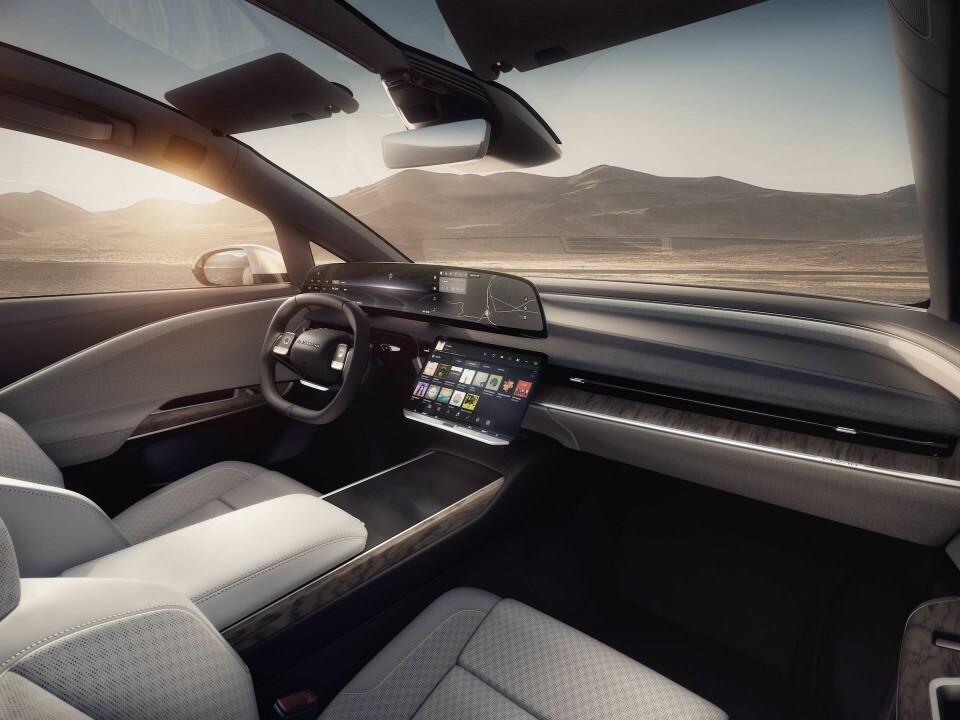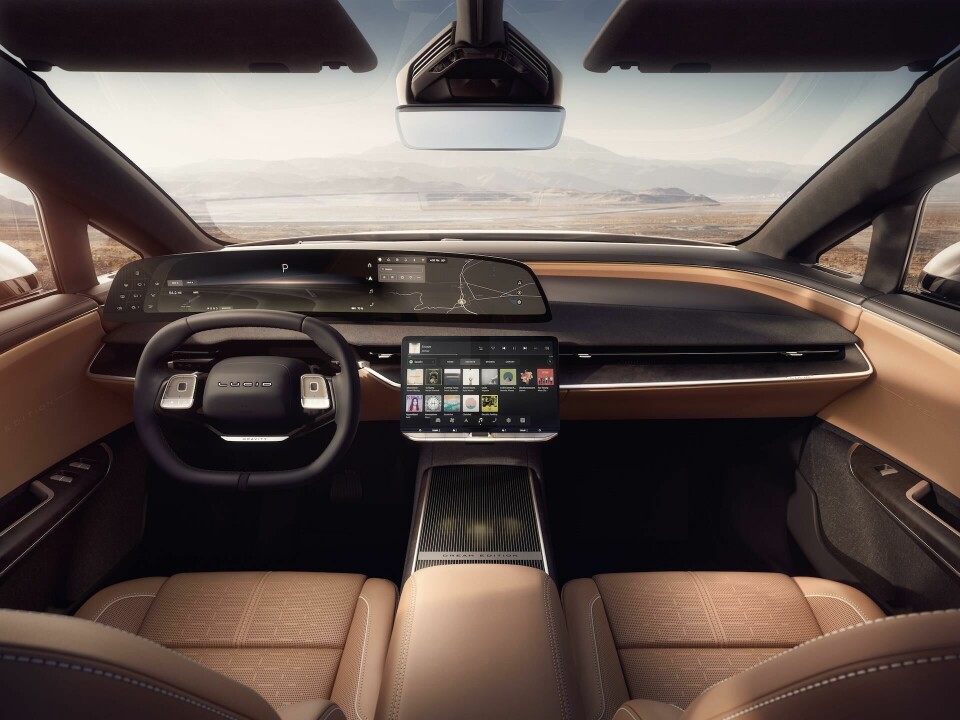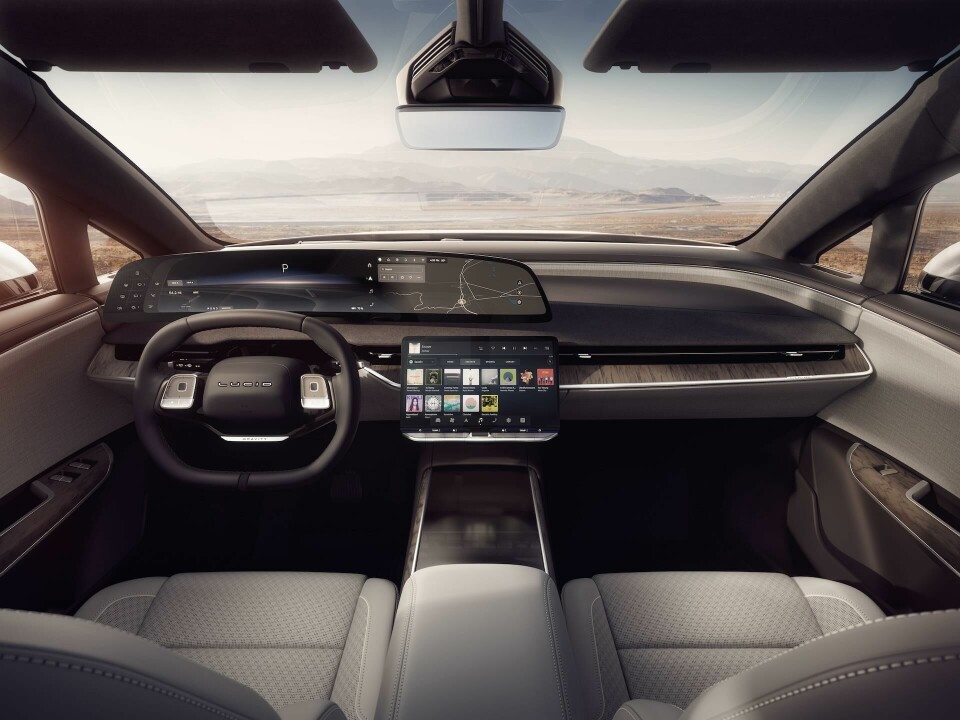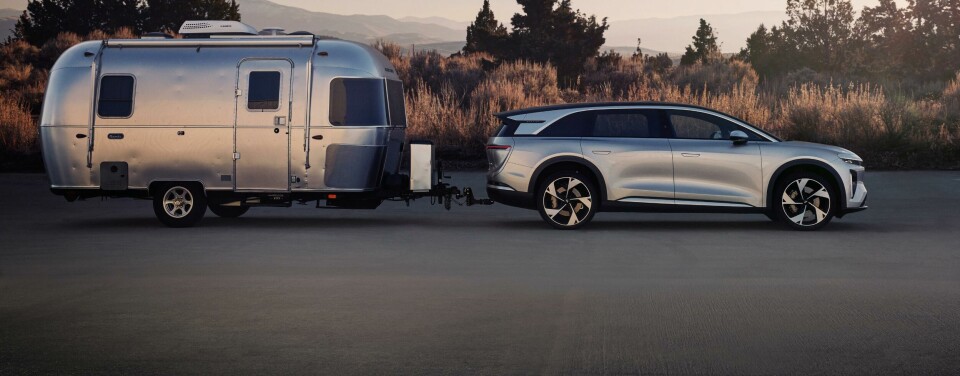
Lucid’s long-awaited Gravity SUV breaks cover
After the initial sneak peek three years ago, the Silicon Valley EV startup’s crossover makes its long-awaited debut at this year’s Los Angeles auto show. North American correspondent Laura Burstein got an exclusive look at the car ahead of its official reveal and heard from design director Derek Jenkins on the power of customer feedback and the importance of establishing a consistent identity
California-based Lucid Motors has finally has lifted the cover off its Gravity SUV. Originally teased in 2020 alongside the debut of the production Air sedan, the three-row crossover went through a few transformations before emerging as one of the fastest, most efficient and most spacious EVs in the segment.
“The vehicle has evolved since the beginning of the project,” senior vice president of design and brand Derek Jenkins told us during a visit to Lucid HQ in Newark, CA. “But what we realised from the beginning is that with every utility vehicle on the market, there’s some kind of compromise that needs to be made. And we wanted to eliminate compromises.”
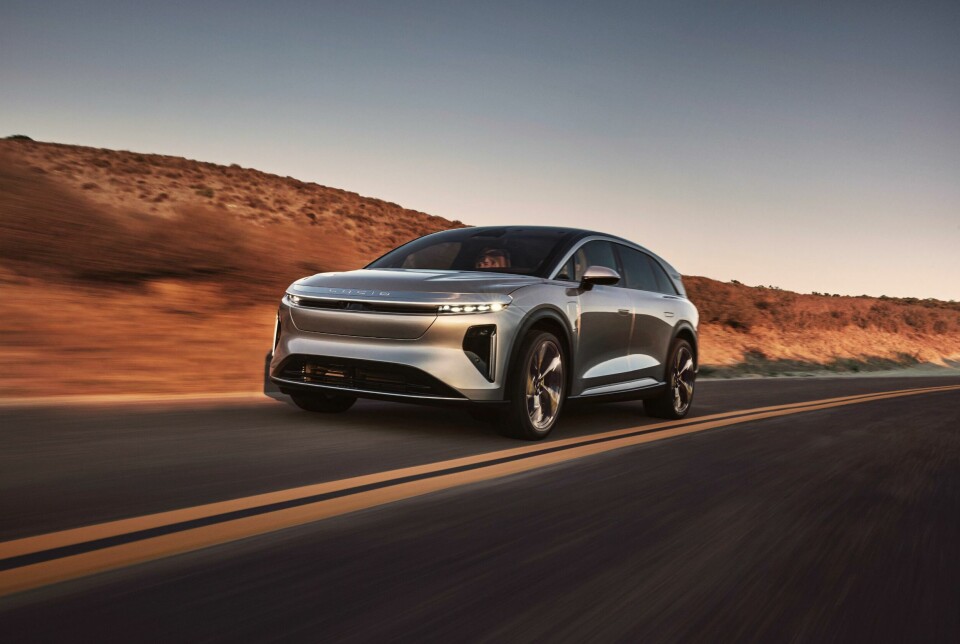
Staying true to the Lucid identity was key to the Gravity design. Jenkins and team decided they didn’t have to make another Rivian or Cybertruck, but instead focused on the elements that made the Air — and the brand — compelling. “We had to distill it down to what Lucid was really all about, and that’s the best performance, the best efficiency, and the most cargo space,” Jenkins says.
The Gravity’s proportions reflect its new platform, built from the ground-up, with a long wheelbase, super-short overhangs and a short dash-to-axle ratio. It sits low and wide, with an aerodynamic shape that achieves a drag coefficient that executives say will be lower than 0.24 Cd, the slipperiest vehicle of its type on the road. But although Jenkins and team didn’t want to do an overtly rugged looking SUV, they didn’t resort to soft, jellybean shapes, either.
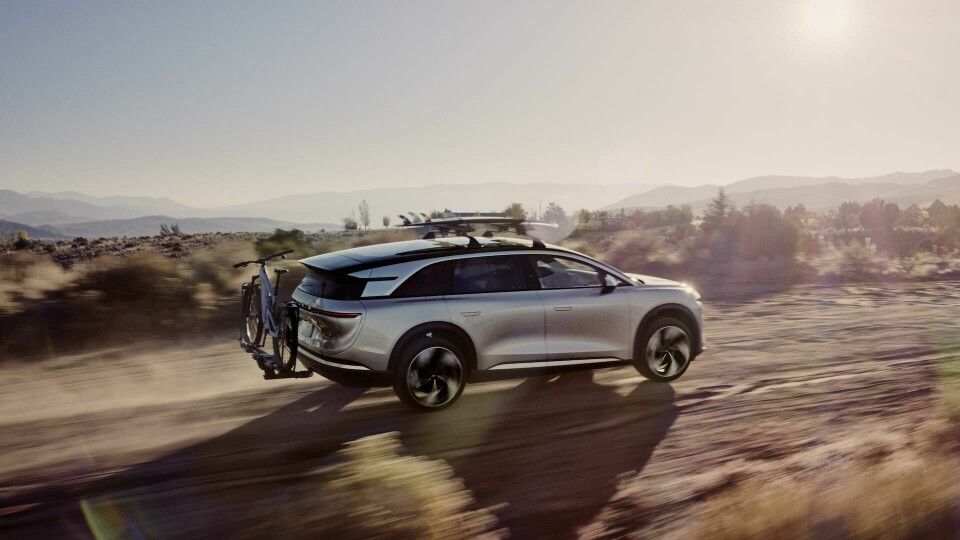
“You’ll see a sleek A-post with a very long cabin, long tail spoiler, and a relatively upright rear end,” Jenkins told us when we previewed the car in the studio over the summer. “It was really important for the front end to be very strong; it couldn’t be too slopey like a Model X, it had to still have that tough SUV look.” Still, it borrows a lot of its design language from the Air, including clean volumes and sculptural surfacing. Jenkins points out the updated take on Lucid’s signature horizontal light bar, as well as the slim headlamps and the clean front end.
I think we have one of the most advanced systems on the planet
“I felt the modern era of gaping holes is looking quite like a past era, and we wanted to go for that flush, seamless quality and let it live off the proportions,” he explains. Beneath the clamshell bonnet lies not only storage space, but a seating area with electrical outlets that allow for glamorous tailgating — or the more accurate, but much less eloquent, “frunkgating.”
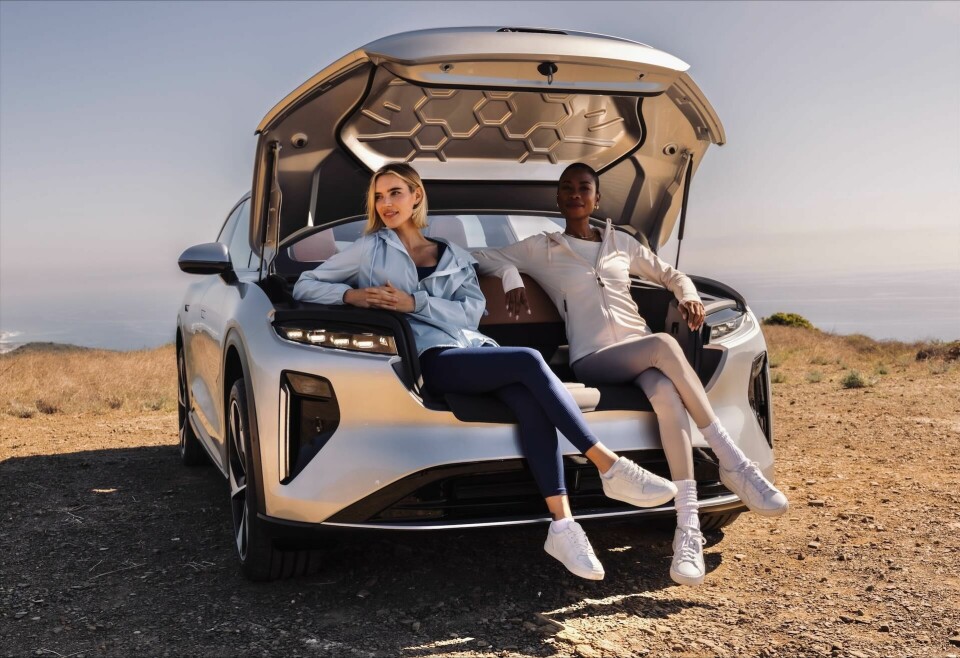
The interior design keeps the California-cool form language, but offers significantly improved visibility and usability compared with the Air. “With Gravity, we are always talking about more like a sleek day yacht where you have this little command center up front, and then everything else in the interior it’s just chill space, whether it’s second row or third row,” Jenkins says, adding that they wanted to keep the IP as lean as possible and optimise a feeling of spaciousness. This was achieved in part by moving up the displays, including a single, curved 34-inch OLED, and a landscape-oriented centre screen.
This keeps drivers’ eyes from straying too far down the centre console while a compact, low-profile steering wheel eliminates blind spots on the driver’s display. “We really optimised the display and steering wheel height,” Jenkins says. Customer feedback also prompted Lucid to equip the Gravity with a head-up display, missing from the Air.
Layouts and menus have also been redesigned. “It’s about the simplicity, really striving for one or two clicks, and not being heavily menu dependent,” Jenkins says. “That’s why it’s so important for us to have unobstructed views of the screen, it allows you to put features and functions in areas where people can intuitively think that’s where it should be.” Jenkins believes it’s important to keep a mix of digital and analogue controls, and the Gravity keeps a version of the rolling volume knob found in the Air, as well as two new customisable switches on the instrument panel.
The rear boasts best-in-class storage space, with a second row that moves fore and aft and folds completely flat, and a third row which stows into the floor, resulting in an entirely flush cargo area behind the front seats. It’s enough to fit a seven-foot surfboard, or two standard-sized mountain bikes, or even a standard-sized refrigerator, should anyone care to take it home-appliance shopping. There’s also a variety of what Jenkins describes as “Bento-box”-like organisational options, a welcome improvement over the Air, where every grocery bag goes flying across the perfectly flat floor with every turn.
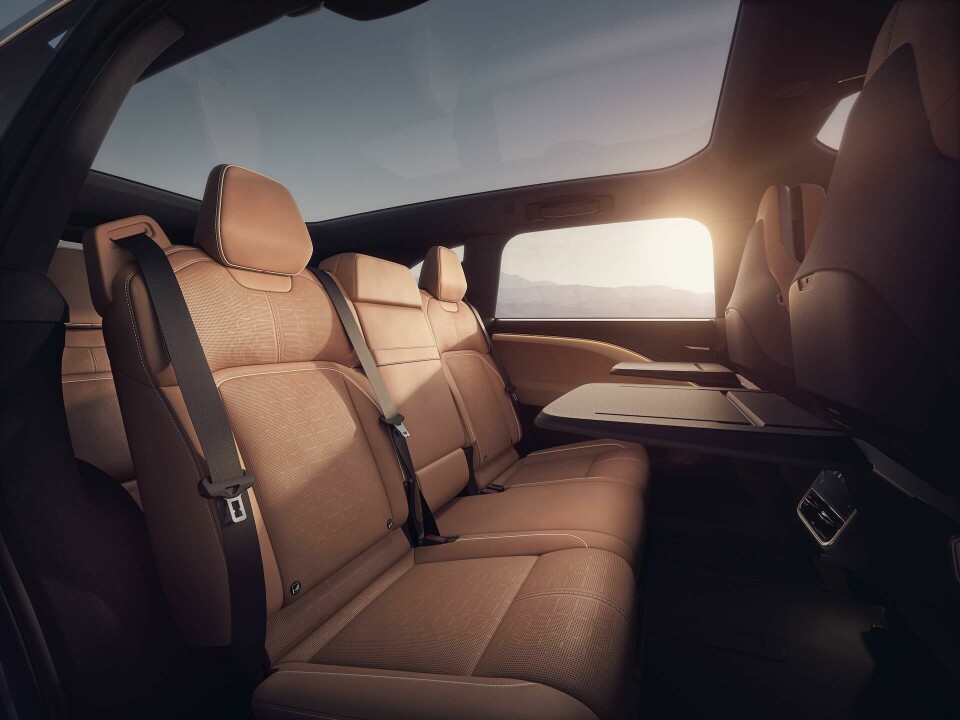
Almost all of the Gravity’s electronics and software have been developed in-house, which have not only shaved development times but also allowed better performance compared with off-the-shelf solutions. “I think we have one of the most advanced systems on the planet,” senior vice president of digital Michael Bell told us. One example of this, Bell says, is Lucid’s in-house traction control system, which allowed them to achieve faster 0-60 mph times.
Colour and trim options from the Air sedan carry over here but with two new colourways: Yosemite, a cool, granite-toned palette paired with light wood, and Ojai, a desaturated theme in greys and blacks. As with the Air, interiors are offered in a mix of textiles and leather. A particularly nice touch is the tempered glass section over the center console, which slides open to reveal cupholders and removable organisational trays.
Lucid hasn’t yet announced specifics regarding powertrain options or performance specs, but the company is promising a 0-60 mph time in less than 3.5 seconds and a range of more than 440 miles on a single charge from a “next-generation” powertrain technology, as well as an evolution of its 900V electrical architecture. “It will be faster than a Porsche Taycan or a Lamborghini Urus, or a Tesla Plaid,” Jenkins hints. It’s safe to assume a model lineup similar to that of the Air, with a choice of a single, dual — and eventually a possible triple — electric motor setup. Gravity can also tow up to 6,000 pounds, with a payload capacity of more than 1,500 pounds.
In a time when SUVs rule America — if not the world — it’s more than past time for Lucid to launch the Gravity, which could very well make or break the California-designed (but Saudi-backed) brand. Deliveries in the US are slated to begin in late 2024, with a starting price of just under US$80,000.
